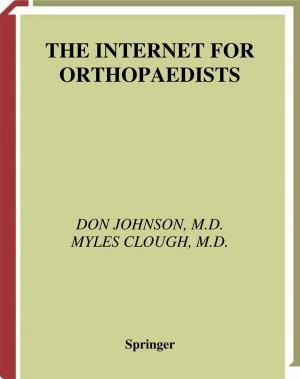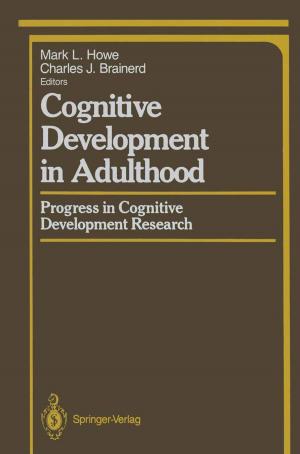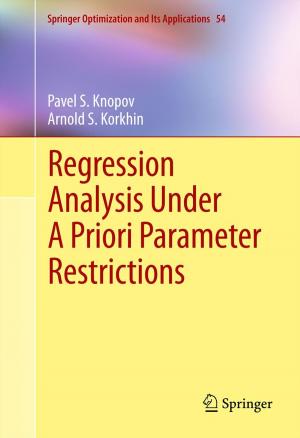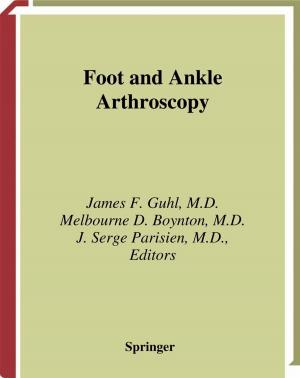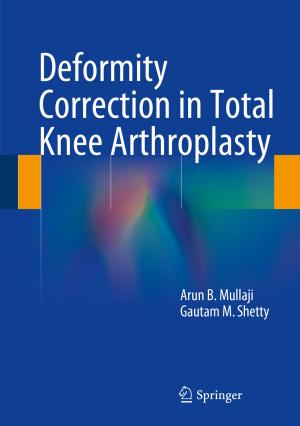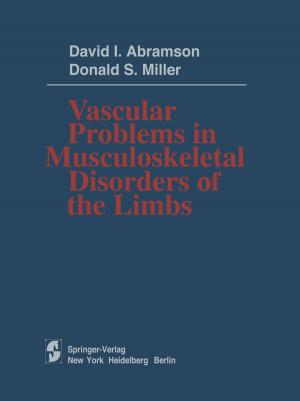Sexual Offending
Predisposing Antecedents, Assessments and Management
Nonfiction, Health & Well Being, Psychology, Clinical Psychology, Human Sexuality| Author: | ISBN: | 9781493924165 | |
| Publisher: | Springer New York | Publication: | December 7, 2015 |
| Imprint: | Springer | Language: | English |
| Author: | |
| ISBN: | 9781493924165 |
| Publisher: | Springer New York |
| Publication: | December 7, 2015 |
| Imprint: | Springer |
| Language: | English |
This expert reference provides a broad, comprehensive review of the major domains of sexual offending. Beginning with an integrated etiological model of sexual offending, chapters follow addressing the primary predisposing conditions related to sexual offending (e.g. pedophilic, hebephilic, paraphilic rape and non-contact paraphilic disorders, hyper sexuality and personality factors). In addition, special subgroups of sexual offenders (females, youth and the intellectually disable) are considered. Both broad and specific perspectives on the assessment of sexual offenders are provided. Overviews are offered of clinical and forensic evaluations of such offenders and the utility of structured psychological assessment. A novel conceptual model of risk assessment is proposed. More specifically, each of the primary approaches or instruments related to risk assessment of sexual offending are addressed: the Static risk assessment measures, the Sex Offender Risk Appraisal Guide, structured professional judgment, and the varied measures of dynamic or criminogenic needs assessment. Finally, multiple aspects of management of sexual offenders are discussed including models of psychosocial treatment, the question of the effectiveness of such treatment, biological interventions, civil commitment, circles of support, and the containment approach to community management. Chapters are authored by both prominent experts and experienced professionals for a breadth of perspective.
Among the topics covered:
- Pedophilic, Hebephilic, Rape Paraphilic Disorders and the variety of Non Contact sexual offending conditions
- Personality, related conditions, & their association with sexual offending: motivators and disinhibition in context.
- Disorders of hyper sexuality.
- Assessments of sexual offenders, including the role of psychological testing, clinical & interview approaches, as well as forensic evaluations
- Conceptual models of risk assessment & discussion of specific static, dynamic & structured clinical risk assessment approaches
- Models of & reviews of treatment outcome with sexual offenders, including psychotherapy, psychopharmacology and castration, the containment approach, civil commitment & circles of support
- Overview of public policy issues & an evidence-based perspective on sex offender registration and residential restrictions.
This breadth of material in Sexual Offenders will help practitioners gain multiple levels of clinical insight as well as giving them up-to-date practical tools and techniques for working with this problematic class of individuals.
This expert reference provides a broad, comprehensive review of the major domains of sexual offending. Beginning with an integrated etiological model of sexual offending, chapters follow addressing the primary predisposing conditions related to sexual offending (e.g. pedophilic, hebephilic, paraphilic rape and non-contact paraphilic disorders, hyper sexuality and personality factors). In addition, special subgroups of sexual offenders (females, youth and the intellectually disable) are considered. Both broad and specific perspectives on the assessment of sexual offenders are provided. Overviews are offered of clinical and forensic evaluations of such offenders and the utility of structured psychological assessment. A novel conceptual model of risk assessment is proposed. More specifically, each of the primary approaches or instruments related to risk assessment of sexual offending are addressed: the Static risk assessment measures, the Sex Offender Risk Appraisal Guide, structured professional judgment, and the varied measures of dynamic or criminogenic needs assessment. Finally, multiple aspects of management of sexual offenders are discussed including models of psychosocial treatment, the question of the effectiveness of such treatment, biological interventions, civil commitment, circles of support, and the containment approach to community management. Chapters are authored by both prominent experts and experienced professionals for a breadth of perspective.
Among the topics covered:
- Pedophilic, Hebephilic, Rape Paraphilic Disorders and the variety of Non Contact sexual offending conditions
- Personality, related conditions, & their association with sexual offending: motivators and disinhibition in context.
- Disorders of hyper sexuality.
- Assessments of sexual offenders, including the role of psychological testing, clinical & interview approaches, as well as forensic evaluations
- Conceptual models of risk assessment & discussion of specific static, dynamic & structured clinical risk assessment approaches
- Models of & reviews of treatment outcome with sexual offenders, including psychotherapy, psychopharmacology and castration, the containment approach, civil commitment & circles of support
- Overview of public policy issues & an evidence-based perspective on sex offender registration and residential restrictions.
This breadth of material in Sexual Offenders will help practitioners gain multiple levels of clinical insight as well as giving them up-to-date practical tools and techniques for working with this problematic class of individuals.


